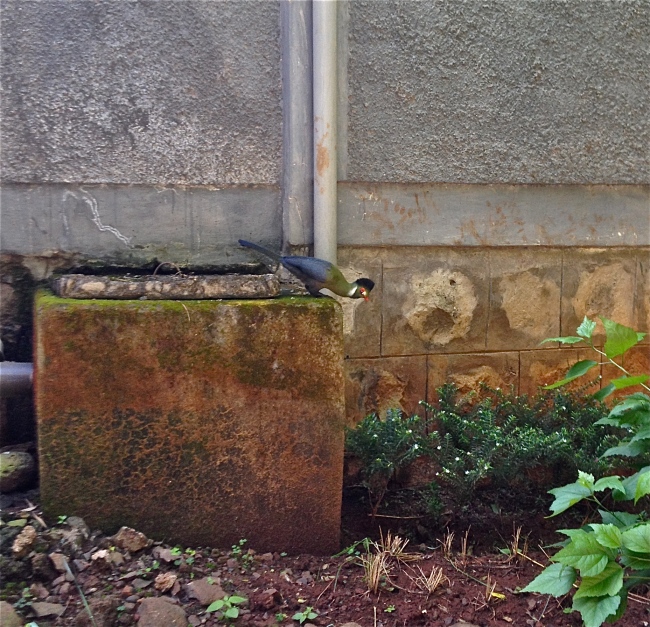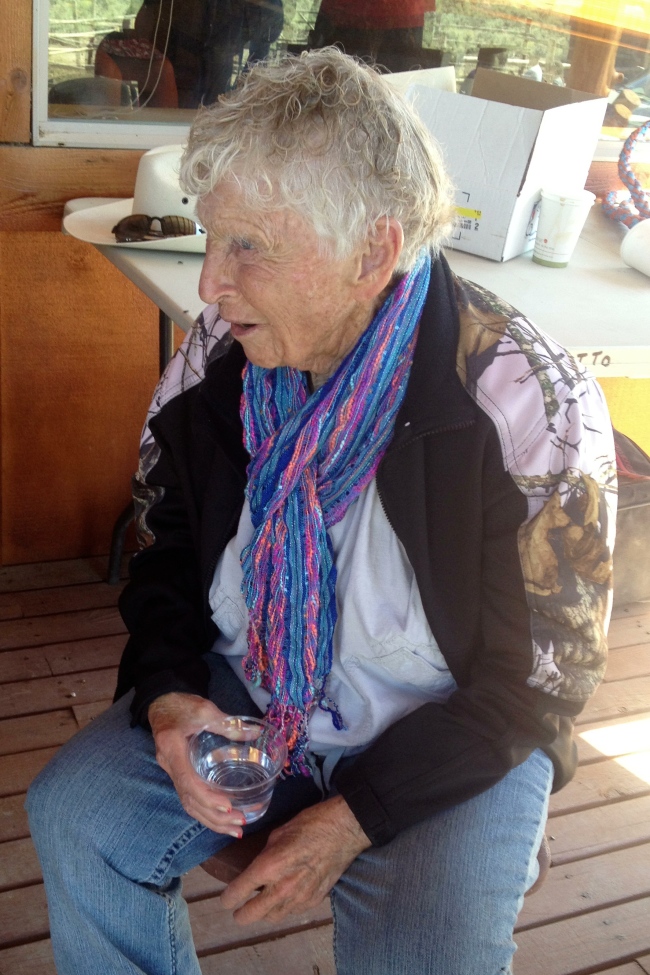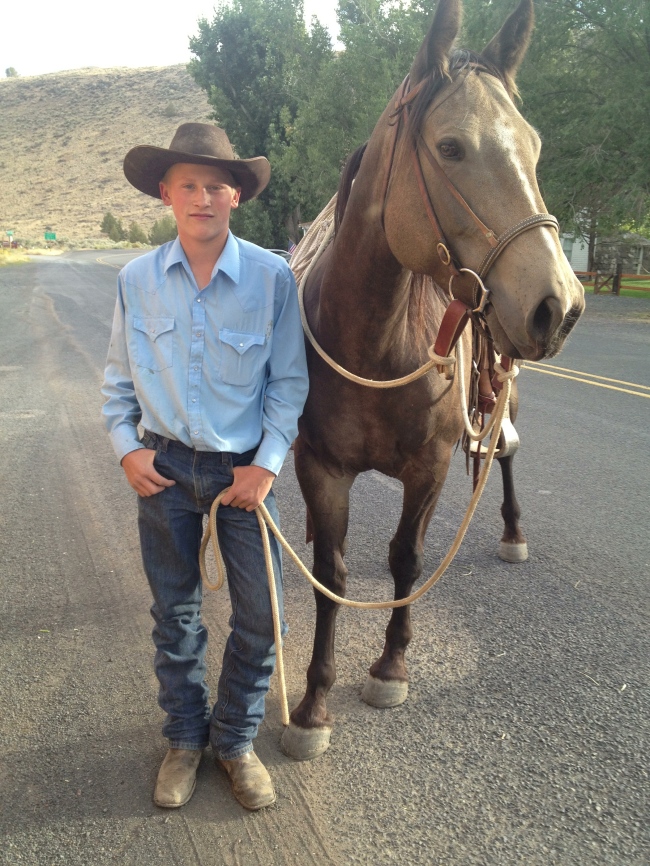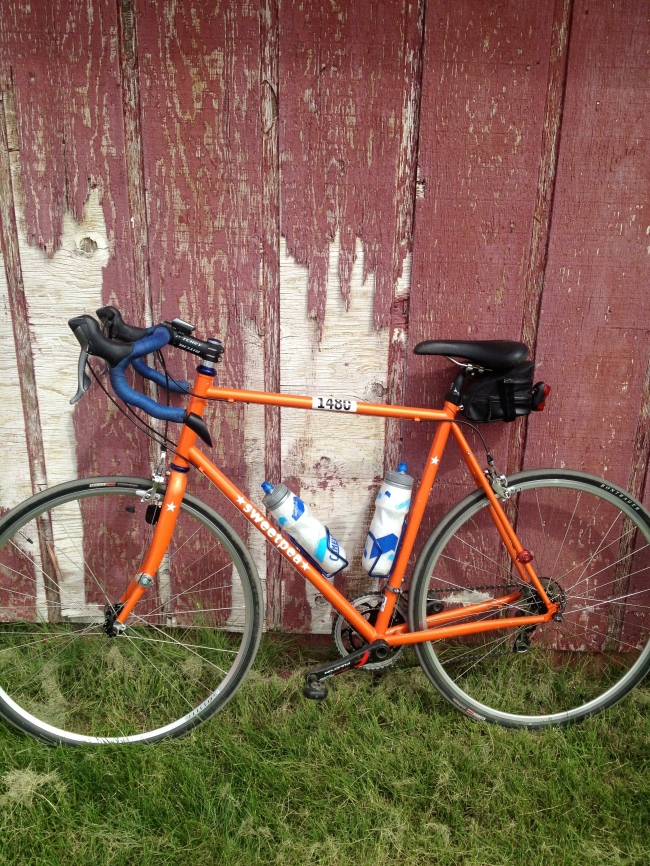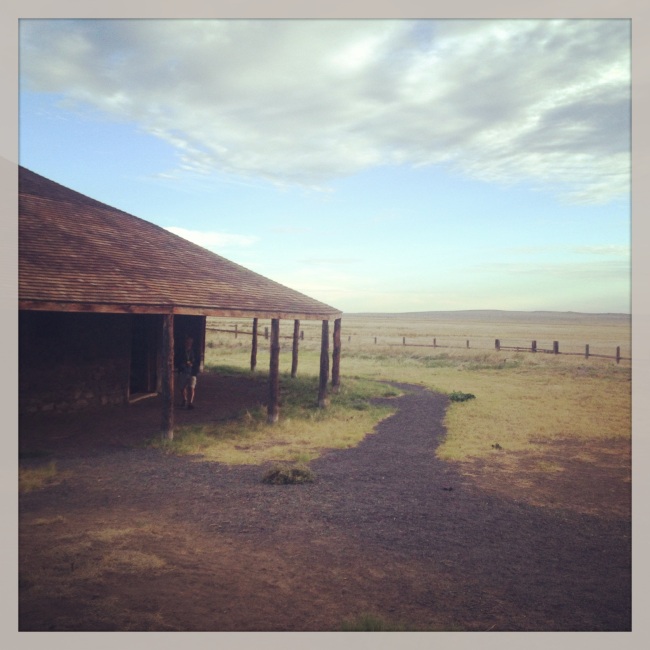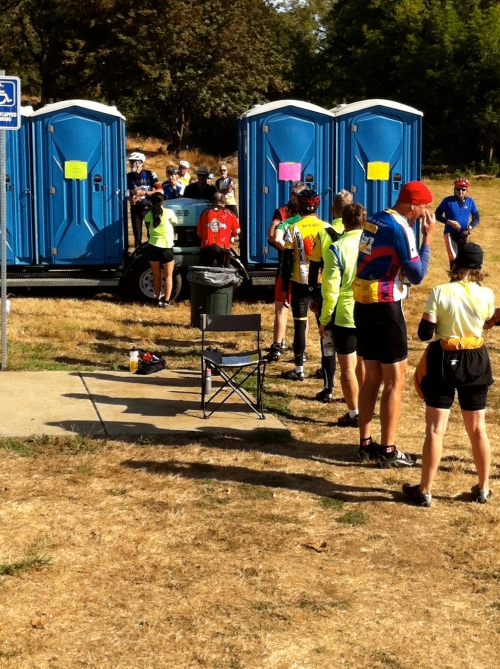Portland with its backyard chicken coops, front yard vegetable gardens and roof top beehives has a very active home delivery community. A growing number of pregnant women feel that those of us who work in a hospital have lost the connection to the essence of the birth experience, the amazing fact that a woman can grow a healthy human being in her belly and deliver it vaginally most of the time. Women who seek home delivery feel that hospital based obstetrical care “medicalizes” pregnancy and delivery. Critics of hospital birth point out that needless medical interventions have driven the cesarean section rate up to the 30% range, whereas cerebral palsy rates are unchanged.
In 2008, 3.3% of births were planned, out of hospital births in Multnomah County. The preliminary data from the Oregon Bureau of Vital Statistics indicate that this number went up to 5.2% in 2012. Most of those births are attended by certified nurse midwives or licensed direct enter midwives. In 2010, 7.2% of the out of hospital births were attended to by unlicensed direct entry midwives. Oregon and Utah are the only states that allow unlicensed midwives to attend births. The Board of Direct Entry Midwifery sets training requirements, defines the scope of practice for midwives, and it also conducts investigations and imposes disciplinary action. It functions very similarly to the Oregon Medical Board, but it has no jurisdiction over unlicensed midwives.
The Dutch System
Advocates for out of hospital birth tend to point to the example of The Netherlands where up to 30% of women deliver at home and even the professional society of Obstetricians, the NVOG, actively supports home delivery by licensed and certified midwives. All midwives in Holland have to complete an accredited four-year program and have to be licensed to practice. A Dutch pregnant woman enters the healthcare system by first seeing a midwife. The midwife takes a thorough medical history and determines whether the patient has an indication for a hospital delivery. She is guided by a checklist of indications developed by Dr. Kloosterman, the Chief of Obstetrics at The University of Amsterdam. This list is still called the Kloosterman List and a committee of midwives and obstetricians updates the checklist every ten years based upon outcome data. If the patient does not have an indication, she stays in the care of the midwife and delivers at home or a birthing center. If she develops an indication for hospital birth during the course of her pregnancy, she gets transferred to an obstetrician. A practitioner planning to attend a birth at home with a hospital indication is subject to prosecution and could be jailed or fined, depending upon the outcome.
Is home delivery safe in Portland?
Many practicing obstetricians and midwives have deep concerns about the safety of home delivery in Oregon. Not just because the state of Oregon allows an unlicensed midwife to attend a planned home delivery, but also because the scope of practice of licensed direct entry midwives in Oregon includes home delivery of twins, home delivery of patients with previous cesarean sections and home delivery of a breech baby, all indications for a hospital birth in The Netherlands.
In the 1990s, most obstetricians stopped delivering breech babies vaginally in Oregon and many hospitals stopped allowing patients a trial of labor after cesarean section. Direct entry midwives were the only ones who offered to attend those births. A group of direct entry midwives in Oregon successfully lobbied the legislature to increase their scope of practice to include patients with previous cesarean sections and breech vaginal deliveries because of patient demands.
Many of the more experienced direct entry midwives do not feel comfortable delivering twins or breech babies at home or in a birthing center and do not feel comfortable letting pregnancies progress beyond 42 weeks. However, they also face a public that truly does not understand the potential complications of childbirth and views any mention of hospital based obstetrical care with skepticism.
The response of the medical establishment
“Home birth is like the rain”, says Dr. Duncan Neilson, Chief of Obstetrics at Gynecology at Legacy Emanuel Hospital. “You can get mad at it, but it is still going to happen.” Emanuel’s policy of accepting patients that were planning an out of hospital birth without judging their choice, makes patients and their midwives feel welcome in the hospital. By lowering the threshold to transfer a patient to the hospital some of the complications associated with home birth can be avoided. Oregon house bill 2380, which passed in 2011, protects both physicians and hospitals from legal liability if an injury occurred as a result of care provided from a direct entry midwife.
The hospital policies are also changing in other ways to actively try to lower our cesarean section rate. Last year, Oregon Health & Sciences University started allowing breech vaginal deliveries again in select patients and Legacy Emanuel may follow suit. The hospital based obstetrician model is gaining acceptance in Portland, which will allow more patients a trial of labor after cesarean section and will allow more twin patients to deliver vaginally. Most hospitals in the area have restricted elective inductions, which many believe have contributed to our increased cesarean section rate.
Our Dilemma
Whether or not home delivery is a safe option for delivery in Portland at all is a big question and one that cannot be answered without assumptions and conjecture at the present time. While the Oregon Board of Vital Statistics has been collecting data on home birth and freestanding birth centers since 2008, is it difficult to draw conclusions about the safety of out of hospital birth, because the report only records the final method and place of delivery and the outcome. As a result, a fetal death in labor occurring while a patient is being transferred to a hospital is accounted for as a fetal death that occurs in the hospital. This should change with the above mentioned Oregon House Bill 2380, which will require the Oregon Public Health Division to add two questions to the Oregon Birth Certificate to determine planned place of birth and birth attendant, and to report annually on birth outcomes, including death, by location and attendant type.
More information will also be gleaned from a report to be released in the summer of 2013 based on a perinatal fatality case review of term births intended to occur out-of-hospital conducted by the Oregon Public Health Division in 2012. This report will cover key findings of live term births by planned place of birth and planned birth attendant, term fetal and neonatal deaths by planned place of birth and planned birth attendant, and maternal characteristics of births by planned place of birth.
We have a duty to our patients to understand their choices and needs, but we also have a duty to protect the lives of mothers and babies. Armed with data, we can educate women about the possible risks of out of hospital birth. However, unless the hospital based obstetrical community starts to celebrate the joy of birth while managing the risks, we will continue to lose patients who will choose a home delivery over a hospital birth. Any complications associated with these deliveries are best handled in the hospital than at home.

